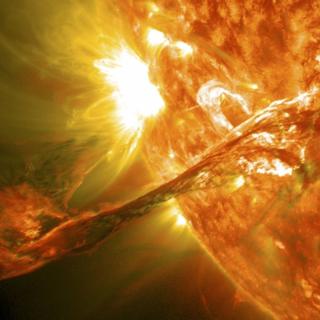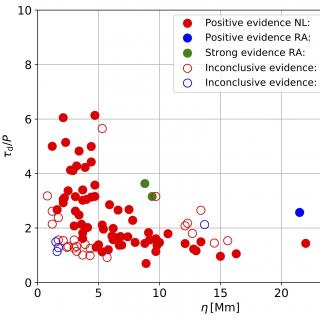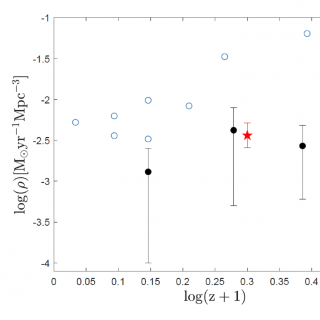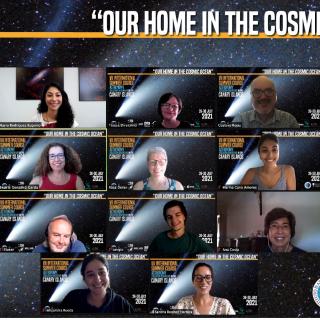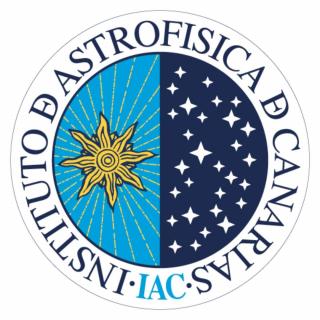
The Instituto de Astrofísica de Canarias (IAC) has received and will appeal the sentence, which is not firm, related to the cancelling of the concession for the land which should house the Thirty Metre Telescope (TMT) in La Palma. In 2019 the Cabildo of La Palma, following approval by a full session of the Town Council of Puntagorda, and a detailed environmental study, conceded to the IAC the land on which the TMT could be built. This concession was made conditional on the decision within a few years, which have not yet expired, that the International TMT Observatory would decide to build it
Advertised on
